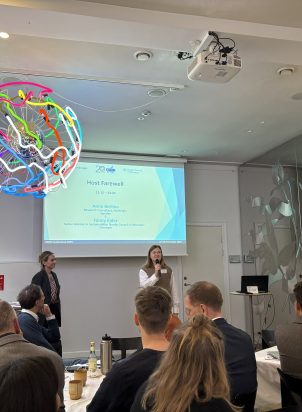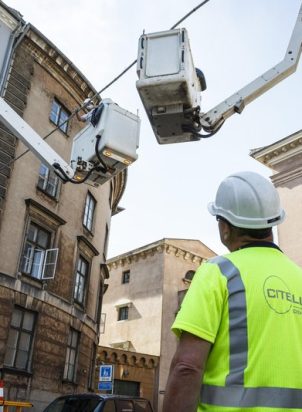The Working Paper “Implementing Smart Specialisation in Sparsely Populated Areas” discusses the most significant elements of Smart Specialisation in Sparsely Populated Areas. It includes both theoretical overview and analysis of the introduction and implementation of the Smart Specialisation concept in selected European case study regions.
The European Commission’s science and knowledge service Joint Research Centre (JRC) has published a Working Paper on Research and Innovation Strategies for Smart Specialisation in Sparsely Populated Areas. The Working Paper has been written by Jukka Teräs (Nordregio), Alexander Dubois (Swedish University of Agricultural Sciences), Jens Sörvik (European Commission, JRC-IPTS, Seville) , and Martina Pertoldi (European Commission, JRC-IPTS, Seville).
The Working Paper states that Sparsely Populated Areas should not be seen as regions lagging behind by definition but as regions with specific characteristics including challenges and opportunities. The analysis of the case study regions demonstrates that Sparsely Populated Areas have been able to create innovative environments and that there is a mindset and willingness to utilize the possibilities provided by Smart Specialisation processes. Sparsely Populated Areas need, however, to strengthen their competitiveness with extra-regional knowledge and networking pipelines. The specific characteristics and features of Sparsely Populated Areas, often with abundant natural resources but with limited human capital and lack of agglomeration economies, need to be carefully studied. The regional actors need not only to be heard but also to be invited to an inclusive Smart Specialisation process.
Link to the Working Paper:
How to cite the Working Paper: “Teräs J., Dubois A., Sörvik J. and Pertoldi M. (2015). Implementing Smart Specialisation in Sparsely Populated Areas. European Commission. Joint Research Centre. S3 Working Paper 10/2015.”




